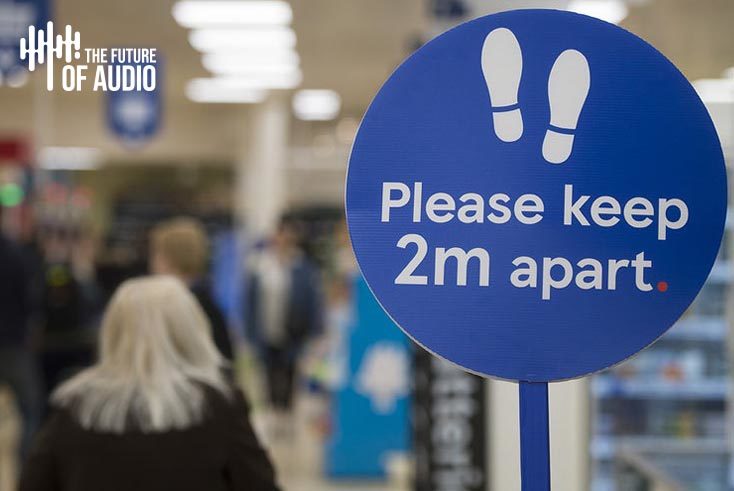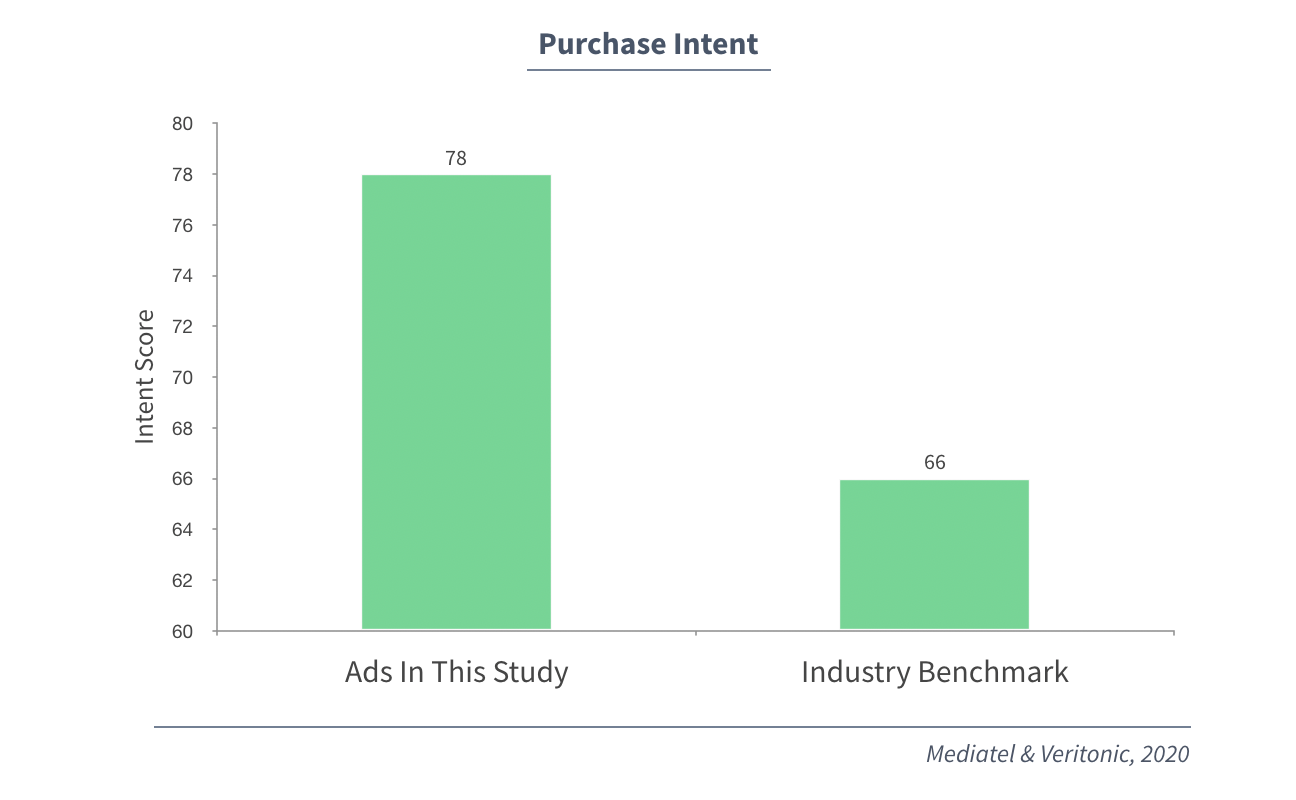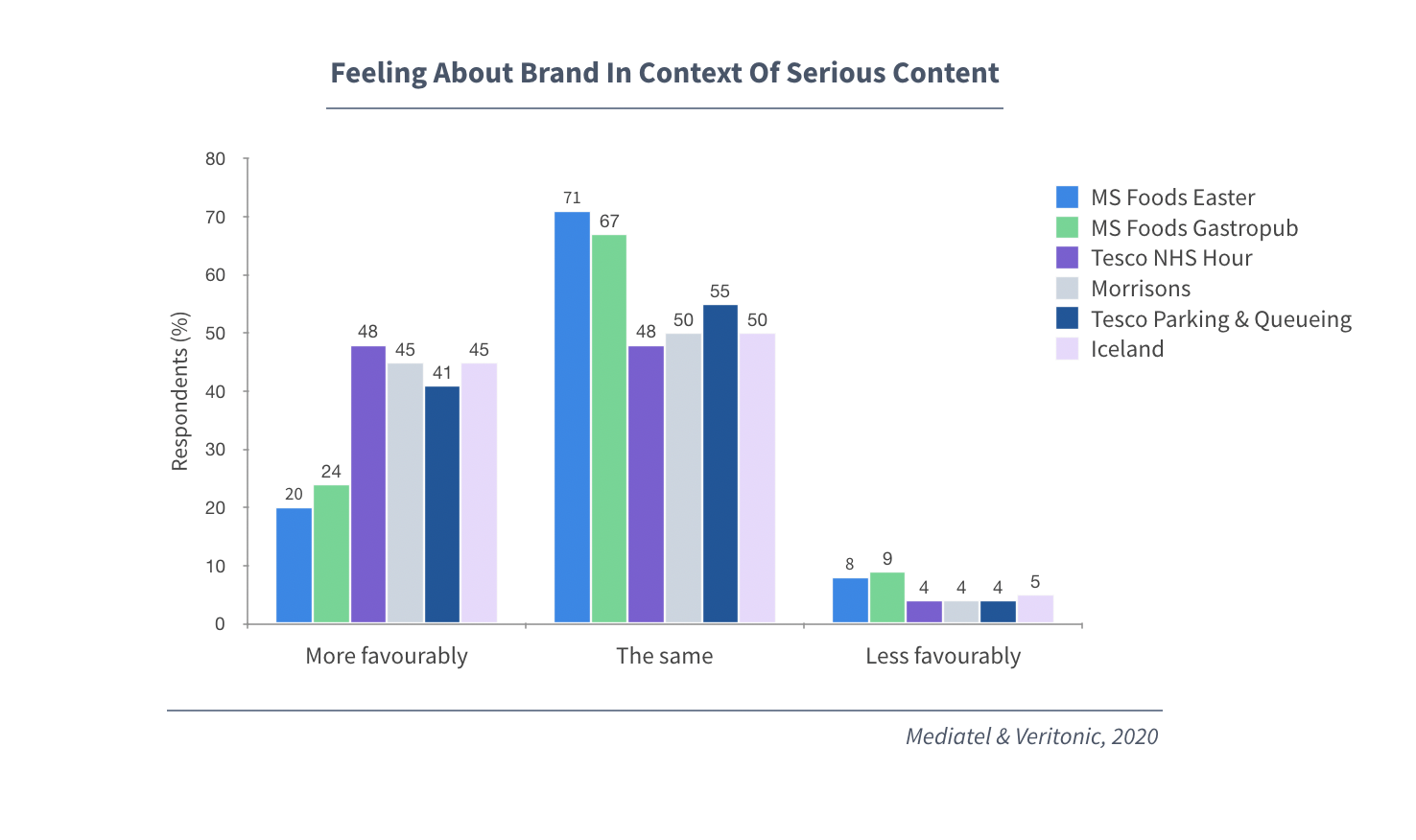Leading UK supermarkets strike a chord in audio advertising

Sponsored: New data proves it’s safe to advertise during the COVID-19 pandemic… and the right way to do it, writes Veritonic’s Scott Klass
Several weeks into the global “lockdown” as a result of the pandemic, the range of human adjustment to our new reality continues to widen. Throwing on your mask to walk outside isn’t really that big a deal anymore, especially if it has doubled as a fun art project for your kid. Videoconferencing for every meeting? Turns out it’s better than getting on a steaming hot subway.
Some of the marketing industry’s adjustments, on the other hand, aren’t quite so positive.
The changing nature of brand safety
While, in many cases, the decision to curb advertising is mostly economic, some of it still comes from a less concrete fear – that no matter what right now, advertising is going to hurt your brand. Why? Because almost all content within which your ad would be seen or heard at the moment, from straight-on news to podcasts, is about the pandemic. Even stories that are ultimately uplifting or inspirational have the potential to weigh heavily on people who, in turn, might then associate negative feelings with your brand.
At its simplest level, this is what the Verification industry was built to prevent. Need to ensure that your brand ad won’t appear alongside an article about a plane crash (especially if you’re a travel brand)? Technology could now make sure of it.
But its proponents probably weren’t considering a media landscape built almost entirely of content about, or indirectly related to, a deadly virus.
A recent article in The Guardian articulated what it’s meant for many digital publishers:
When advertisers run digital campaigns they use keyword blacklists … that automatically stop ads running in potentially problematic stories that feature them. Publishers say that words related to the pandemic … are appearing on blacklists across the industry.
The New York Times echoed the sentiment, albeit about a less heavy-handed approach:
Advertisers that are still spending are tiptoeing around coronavirus news. Articles or posts about death, illness and economic turmoil are not exactly advertiser friendly, and many mainstream marketers are avoiding any pandemic-related content.
But in an era when almost all content relates to the pandemic, the borders around brand safety have to change.
The new wave of audio advertising is working
Happily, many brands – across TV, digital, audio and more – are staying in the game (even if they’re spending a little more carefully than normal). The “new wave” of advertising is about finding the positive in a crisis; campaign messages range from simple “we’re here for you” sentiments to descriptions of programs built to provide aid. We’ve all heard and seen them at this point.
Are they striking the right tone for people? Are the ad waters safe for brands generally, despite so much “serious” content? Our friends at The Future of Audio – who themselves adjusted nimbly by creating a digital version of their conference (with a live counterpart to come in October) – asked us at Veritonic to help figure it out with data.
We analyzed this “new wave” of audio creative on the Veritonic platform in a set of ads from major U.K. supermarket brands. Messaging in the spots ranged from feeding those in need (Morrisons), to creating safer distances within stores (Tesco), to making “sheltering in” better with a great meal (M&S).
The platform gauged how the ads resonated with listeners for attributes such as authenticity, thoughtfulness, relevance and more, and how likely people were to purchase from those brands after listening.
Benchmarked against thousands of ads in the “supermarket” category, each of the new wave spots had a higher Veritonic Audio Score than the norm. Emotional resonance was a key driver:

It’s important to note that “energetic” benchmarks low for a reason: the new wave of spots all promote a feeling of calm. They’re positive, but not high-energy.
Tesco’s audio ad around helping healthcare workers scored the highest for authenticity and trust. Here is the spot:
While a majority of the new wave of advertising – this set and otherwise – is arguably more about branding than it is direct response, brands ultimately still need people to buy. So how compelled were listeners to purchase after hearing these ads? Very. Scores for purchase intent beat the norm by over 18%.

Morrisons’ spot around contributing to local food banks was among the highest-scorers. Here is the spot:
Getting back to the overall issue of brand safety, the platform also analyzed this new wave of ads in context. Does hearing spots like this alongside news, podcasts and more in the age of corona-content hegemony run the risk of damaging a brand? While there’s obviously a sliding scale of risky content, the data suggests that avoiding advertising more broadly is short sighted:

Again, none of this is to say that brands shouldn’t still be careful; there is plenty of audio content out there that you’re probably not going to want your audio ads accompanying.
But adjusted appropriately to our new reality – as all of the brands in this study have – smart, thoughtful marketing (with evidence to back it up) is still a win for consumers and businesses alike.
Scott Klass is SVP, marketing at Veritonic
Between 6 – 17 April Mediatel is hosting The Future of Audio – a free digital event to experience during lockdown. Click here for the full agenda, which includes live-streams, presentations and audio-themed editorial.



